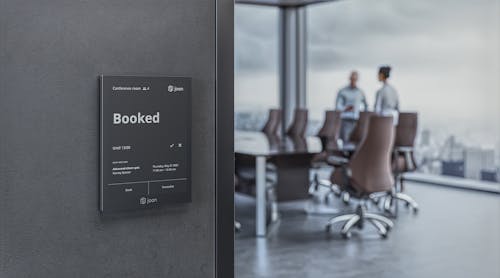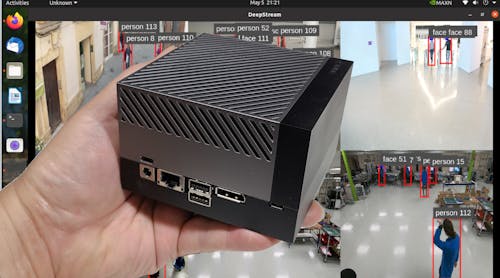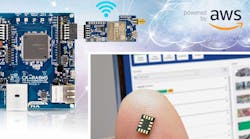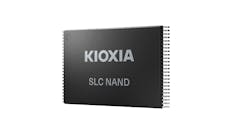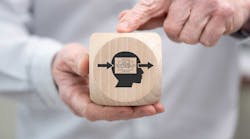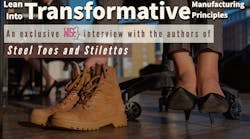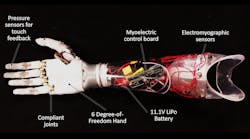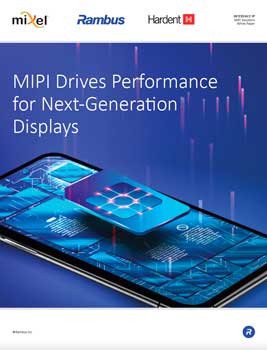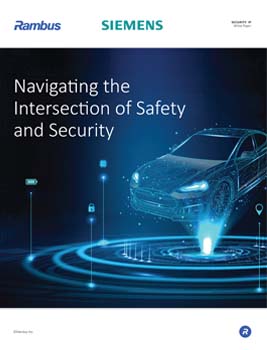Like a lot of engineers, I enjoy working on my own cars. I take pride in keeping my old 1992 Honda Accord running. I have replaced a bad ignition module inside the distributor, and the cracked radiator. I did take it to a mechanic to replace the axle half-shafts, but try to do all the lighter work myself. Lately that has included fixing a broken key lock on the passenger side, as well replacing the lug nuts so that the hubcaps stay on.
I bought the car decades ago from a co-worker at HP. She had taken meticulous care of the car, recording every gas fill and oil change. All of the scheduled maintenance was done at the dealer. The stereo in the car has always been a little dicey. From the first day I got it, the antenna would rattle and grind when it retracted. My joy was discovering you can just screw in a new antenna mast core from the outside.
Several years ago, the front panel of the radio would go dead. Sometimes it worked, sometimes it didn’t. After moving to Florida with its high temperatures and humidity, the radio broke for good. I suspect that it had internal capacitor leakage that shorted everything out inside. The radio puts out a signal that deploys and retracts the power antenna. It started raising and lowering the antenna continually, even when the radio was off. Worse yet, the speakers would screech and whine as though from RF interference, even when the radio was off. Yanking the power to the antenna and disconnecting the speakers gave relief, but that is a pretty pathetic fix for an engineer.
Time for a New Radio
I decided to replace the stereo with a modern aftermarket one. It didn’t take long to realize that this old Honda can take a double-DIN size radio. I figured it would be pretty nifty to have GPS navigation in the new radio. A bit of research and I decided to get aJoyingAndroid 6.0 stereo(Fig. 1)。It’s big draw was that it had a large high-resolution screen, while still having a physical volume control and mode buttons. I thought I would use the backup camera feature, but decided running that wire inside the car was too much of a hassle. Same for the dash-cam capability. I got the model that did not have a digital class-D audio amplifier, so the price was $200 on eBay.
1. The Joying JY-UM135N has a 7-in. 1024×600 touchscreen as well as a physical volume knob and mode buttons. It has an Intel Atom processor running Android 6.0.1 on a 16-GB ROM and 1-GB RAM.
I love the radio—I can plug in a micro SD card with all my music and it will shuffle through them as I drive. Doing a search for FM stations automatically assigns the stations to the three banks of pre-selects. Sad thing is, I hardly ever use the radio, preferring my own MP3 files. The navigation was really nice since I don’t have a smartphone; I’m a flip-phone Luddite. The radio has already saved me grief on a trip down south, where I misinterpreted the printed directions but the GPS took me to the right spot. Hail modernity.
The huge drawback is lack of documentation. It seems the attitude is that the real fanboys who buy these cheap Chinese radios are all on forums 12 hours a day, so the manufacturers think that we will figure things out. Since I don’t have an Android smartphone, there are user interface frustrations that I may never learn. Still, the stereo does everything I needed it to. It plays music with great fidelity, its GPS, based on iGo maps, works OK, and it fits the dash. The headaches were in the installation.
Installation Machinations
第一个问题是1992本田从未被设计ed to make the radio easy to see; its located low in the center column. After the usual misery of getting the old radio out, a trial fit showed that the top lip of the display panel bezel would hide the home and back icons on the top edge of the screen. Time to void the warranty. I opened the unit up, which revealed it is mostly air(Fig. 2)。设计很好。就像很多中国tech companies, they have budget for engineers, even if they skimp on marketing and documentation.
2. The inside of the Joying stereo is mostly air. It looks well-designed, but I worry about that large capacitor breaking under vibration.
Once I got the front panel off, I could cut the top lip off the panel bezel and the slim surround bezel that snaps over it(Fig. 3)。This had the usual misery of cutting the bezel in the wrong place, only to epoxy it back together. Sigh.
3. The Joying stereo with the top of the display bezel cut off, as well as the narrow bezel that surrounds it. This allows you to see the top edge of the screen when the radio is mounted low in the console.
I ordered a “universal” double-DIN installation kit that was supposed to fit my 1992 Accord(Fig. 4)。Wrong. The radio would not even slip into the opening. You only realize this after you cut off certain tabs on the plastic brackets per the instructions. The kit went into the garbage.
4. The “universal” installation kit did not fit. The included adapter harness looked OK, but the separate harness purchased on eBay had thicker-gauge wires. I had to throw the kit away.
当我买了这辆车,我下令工厂就是ce manuals. Those let me figure out the radio signals so that I could wire the adapter harness I got on eBay to the Joying harness that plugs into the radio. Because there were so many wires, I did not want to use bulky pre-insulated splices. Having worked at mil-spec contractors, I knew solder connections are less reliable than crimps. I got bare splices and used some salvage shrink-wrap to make the harness(Fig. 5)。
5. The adapter harness is crimped into the Joying harness. The paper shows the signal names and colors for both harnesses as well as the Honda harness in the car. Most of the colors did line up, but not all.
The original Honda radio mounted with a large bracket that swept down to the bottom(Fig. 6)。The original radio had a package tray that, in combination with the single-DIN sized radio, fills a double-DIN space in the dashboard. When I realized the “universal” installation kit was useless, I cut the bottom bit off the steel bracket from the original radio and figured I could glue it to the new radio.
6. The Honda radio had a package tray where the optional equalizer would install. The radio mounts via the metal bracket that extends from the back of the radio to below the package tray. I sawed off the bottom tab of the bracket, where the mounting screws go, to use with the new radio.
I screwed the chunk of steel bracket back into the car and slathered it with silicone adhesive. I had marked the bottom of the radio where that bracket would touch, and slathered that with silicone adhesive as well(Fig. 7)。I carefully slipped the radio into the dash while trying to keep all of the wires and connections out of the way. It was not easy.
7. After installing the tab from the mounting bracket, I filled it with silicone adhesive. I had marked where the bracket tab would rest on the bottom of the new radio. I put adhesive there as well and slid the unit in.
I was worried about the GPS antenna working when it was inside the dash. I verified it worked OK when it sat on top of the instrument panel. Then I tried it inside the dash before gluing the radio to its bracket. Only when I was convinced the antenna would work did I glob some silicone adhesive on both sides and wedge it into the dash, right below the plastic panel and above any steel structure(Fig. 8)。
8.收音机的GPS天线仅适合仪表板顶部面板下方。我使用硅胶粘合剂并将其楔入到位。
My dad had a saying, “It starts out like a castle and ends up like an outhouse.” My “castle” was the plan to take the two USB harnesses and the microphone input harness and wire them inside the center console so that they would install in the knock-out switch panels Honda put in the console. My “outhouse” was just tossing these three harnesses inside the glove box(Fig. 9)。
9. Rather than mount the USB and microphone cables in the center console, I just tossed them in the glove box.
All four speakers in the car were broken. The foam surround on the cones had disintegrated. The Honda speakers did have connectors riveted in to accept the wire harness while suppressing rattles. I drilled out the rivet and snipped the leads to the cone(Fig. 10)。I then took the connector and hacked it into the replacement speakers, so I didn’t need an adapter harness(Fig. 11)。
10. The Honda speakers had connectors on them. I drilled out the rivets and snipped the leads nice and long.
11. One tab on the connector soldered to the new Sony speakers. The leads from the old speaker were long enough to hack into the new speaker terminals.
A major test was if a large Subway cup would still fit and not affect the touchscreen(图12)。I was relieved to see the new installation looked and worked fine. I could read the top edge of the display despite the radio being mounted lower than in a newer car. The cup did not trigger the touchscreen and I could still reach the volume knob.
12. Extensive testing proved that a large Subway cup would still fit the console. Here the GPS antenna is just sitting on top of the instrument panel, and you can see paper wedges holding the radio in. Only when things were proven out did I install the radio for good.
As involved as this was, like all modern projects, the hardware was simple compared to the software. Trying to figure out the hundreds of settings and preferences was miserable, as I needed to crouch down and use a magnifying glass to read the screen. To do it again, I would wire the radio up on my lab bench and spend the month or two to understand the Android operating system before putting it in the car.
The Prognosis: Sweet Music or White Noise?
Overall, I’m delighted with the stereo. It’s got capabilities of name-brand units costing $400 or $500. My one disappointment was boot-up time. Joying claims that the radio starts in under two seconds. What they don’t make clear is that it’s only if you use the radio every three or four days. After that, it goes from a memory-retention mode to fully off. Then it takes mine 30 seconds to boot. It’s a minor annoyance, but I selected the Joying specifically since it had the two-second boot time. Sure, there’s a setting to extend the memory retention time, but then I worry I will kill my car battery.
The other annoying thing is that the radio antenna deploys even when I don’t use the radio. That and I can’t figure out how to keep the dang stereo turned off. It seems to power up when I start the car, even if I have turned the radio off before turning the car off. I suspect there’s a setting for that as well, but my life is too short to sift through those dozens of menus.
Since this is just an Android computer with some real-time features, you can install other navigation programs and music players and display user interfaces. I will leave that to the fanboys. It took long enough to figure out how to drag all of the unneeded icons off the screen, so now I just have radio, MP3, and navigation. If I get ambitious, I will reassign the hardware pushbuttons as well, but for now I will just cruise and enjoy.

